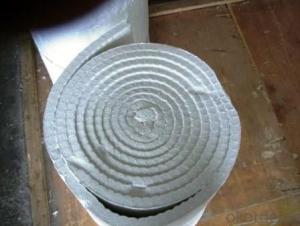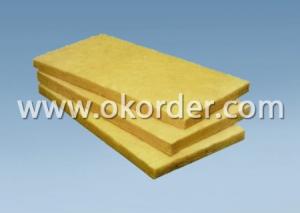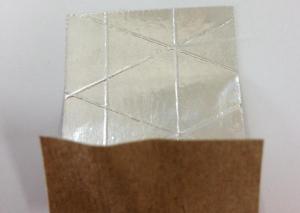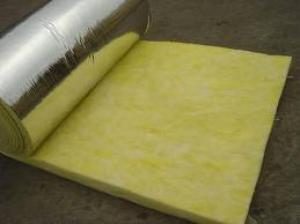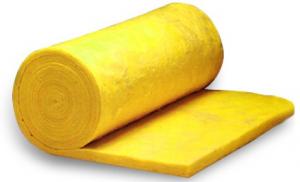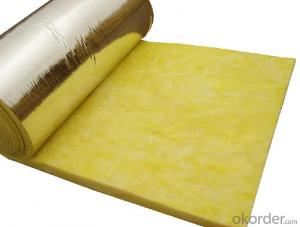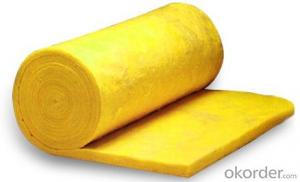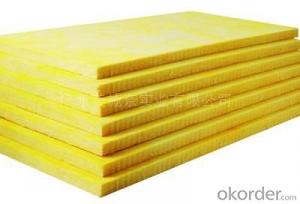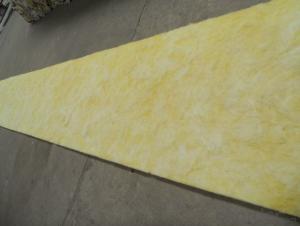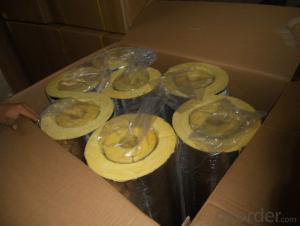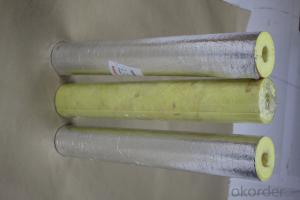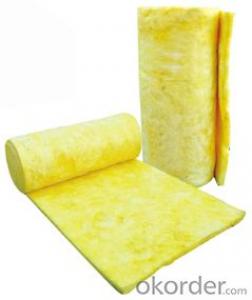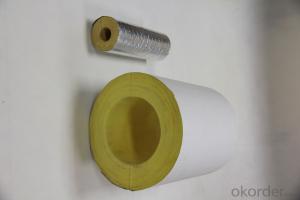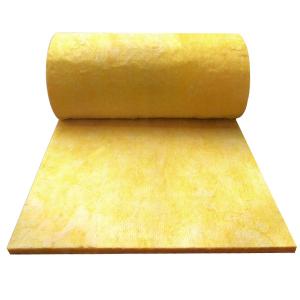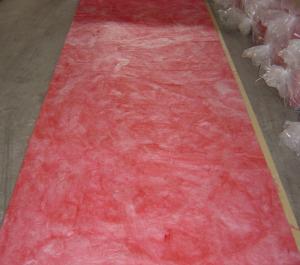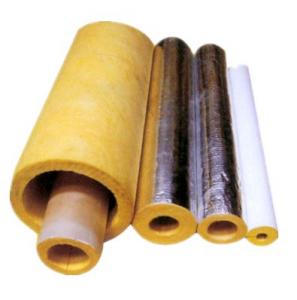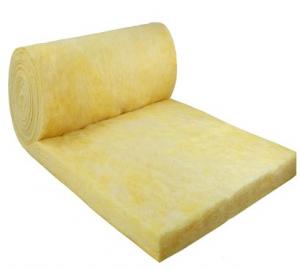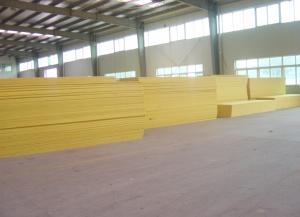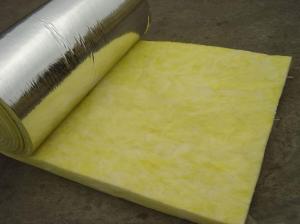High Purity Glass Wool Ceramic Fiber from Clay Clinker
- Loading Port:
- China main port
- Payment Terms:
- TT OR LC
- Min Order Qty:
- 50 m
- Supply Capability:
- 5000 m/month
OKorder Service Pledge
OKorder Financial Service
You Might Also Like
Technical Data of ceramic fiber cotton
Type | Common | Standard | High Purity | High-aluminium | Zirconium | |
Classification temperature (°C) | 1100 | 1260 | 1260 | 1360 | 1430 | |
Working Temperature (°C) | <1000< span=""> | 1050 | 1100 | 1200 | 1350 | |
Color | white | white | white | white | white | |
Fiber diameter (um) | Blown | 2-3 | 2-3 | 2-3 | 2-3 | 2-3 |
Needled | 3-4.5 | 3-4.5 | 3-4.5 | 3-4.0 | 3-4.0 | |
Chemical composition | AL2O3 | 44 | 46 | 47-49 | 52-55 | 39-40 |
AL2O3+SIO2 | 96 | 96 | 99 | 99 | - | |
AL2O3+SIO2+ZrO2 | - | - | - | - | 99 | |
ZrO2 | - | - | - | - | 15-17 | |
Fe2O3 | <1.2< span=""> | <1.0< span=""> | 0.2 | 0.2 | 0.2 | |
Na2O+K2O | ≤0.5 | ≤0.5 | 0.2 | 0.2 | 0.2 | |
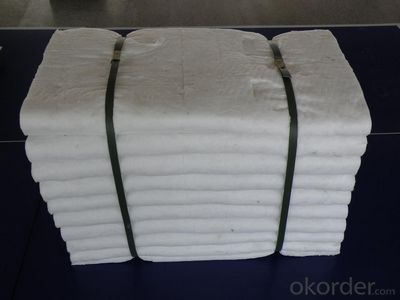
Remarks: The data above is for reference. The Max. temperature depends on the using conditions.
Product Description:
CeramicLooseFiberis made by the melted raw materials at high temperature through resistance furnace, before being blown or spun into fiber. As a neutral and acidic material, except reaction with the strong acid-alkali,refractoryceramic fiber won’t be eroded by other weak alkali, weak acids, or water, oil, steam, or be infiltrated with lead, aluminum or copper, featuring excellent flexibility and elasticity. Ceramic fiber is of smaller density, more than 75% lighter than insulation brick lining or 90% -95% lighter than lightweight castable lining, with thermal conductivity co-efficient to be 1/8 of the lightweight clay brick or 1/10 of lightweight heat-resistant lining (castable), and heat capacity to be 1/10 of both lightweight insulation lining and lightweight castable lining, thus to greatly lower energy loss and deliver significant energy-saving regenerative effects. Meanwhile, the ceramic fiber features a simple construction with no need of baking oven, shortened construction cycle and easy installation.
Low heat capacity and low thermal conductivity;
Excellent chemical stability;
Excellent thermal stability, resistance to pulverization at high temperature;
With no binders or corrosive substances;
Excellent sound absorption
Typical Application:
Raw material for fiber blanket, board products;
Raw material for fiber textile products;
Fillings for wall lining gap in high temperature furnace, heating device;
Raw material wet processed products;
Fiber spraying;
Castables;
Raw material for coatings;
Insulation fillings for corner and complex space.
- Q: What is the density of high-temperature glass fiber
- glass wool density is generally between 16K ~ 32K, mainly used for acoustic and thermal insulation, but easily casues layering. Harmful substances comes out at the first heating. it is cheap. The density of the glass fiber acupuncture felt is 110~180kg/m3. It is mainly used for environmental protection, sound-absorbing. it has better fireproof property but it is more expensive.
- Q: If the glass wool is used for thermal insulation outside seamless steel tube, should the pipe be rust-proof and sprayed paint?
- That depends on the requirements. Brushing paint is needed. I an engaged in thermal insulation material wholesale and construction (see name).
- Q: Does anyone know about the general unit weight of glass cotton color steel?plate?
- Glass cotton in the market is generally 16kg / m? to 64kg / m?. I have also heard about glass cotton with high unit weight, but the higher the unit weight is, the higher the production requirements are, and the boards are more fragile. Glass cotton are manufactured to meet the requirement of large-area pave, apart from the unique thermal insulation property, they are good at fireproofing, shock and sound absorption.
- Q: Choosing glass wool with proper thickness for piping insulation of Dn900 boiler room.
- If using glass wool, Dn900 pipes must be equipped with insulating layer which is equal to or greater than 100mm. The best working temperature of glass wool does not exceed 300 degrees. Glass wool should keep 0.035 to 0.046 in thermal conductivity. The best working temperature of glass wool does not exceed 300 degrees. It will generate good effect if using aluminum silicate or silicate. Silicate is a closed-cell insulation material with high temperature resistance, so silicate is the most energy-efficient material.
- Q: Can glass wool be used in exterior wall for thermal insulation?
- It is ok in that it is the same as rock wool in construction work!
- Q: how to get rid of the fur of the glass wool on the hand?
- Stick it out with tape scotch tape, or rinse with water.
- Q: What is the price of glass wool felt ?
- Now, factory price of glass wool is about 2500 per ton.
- Q: How many types of centrifugal glass wool?
- Glass wool belongs to a category of glass fibers, and it is a man-made mineral fibers. Glass wool is melten glass fibrosis, cotton-like material, and the chemical composition is metallic glass type, and is a inorganic fiber having good shape, bulk density, low thermal conductivity and thermal insulation and heat insulation, sound-absorbing properties, corrosion resistance and chemical stability.
- Q: Does anyone clearly know about the construction technology of glass wool blanket, aluminum net and sound-absorbing wall?
- 1,4X20 wide aluminum mound layer, fixed with wood screws; 2, the layer of aluminum net; 3, fix the taut glass cloth on the surface of the keel; 4, stick 40 thick rock wool felt in the keel with construction adhesive ; 5 , 50X50X0.7 fix the light steel keel to the wall with expanded bolts, two-way medium range of 450-600; 6, polymer waterproof coating moisture barrier; 7, 8-10 thick 1: 0.5: 3 cement gypsum mortar layered leveling;
Send your message to us
High Purity Glass Wool Ceramic Fiber from Clay Clinker
- Loading Port:
- China main port
- Payment Terms:
- TT OR LC
- Min Order Qty:
- 50 m
- Supply Capability:
- 5000 m/month
OKorder Service Pledge
OKorder Financial Service
Similar products
Hot products
Hot Searches
